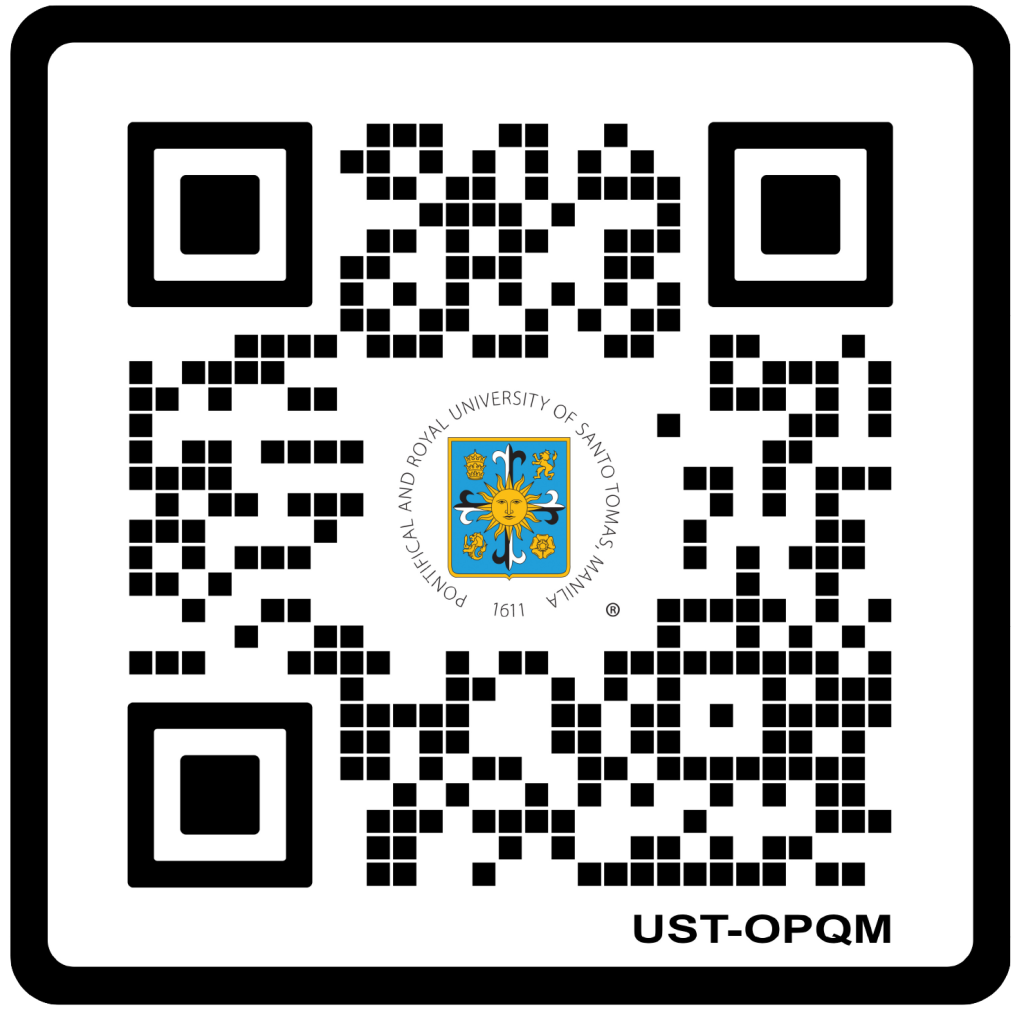(1st Century AD), apostle �� ��
Patron of the UST College of Architecture
Feast Day: July 3
The name Thomas is derived from a Hebrew root,��ta’am,��which means ‘paired’ or ‘twin’. Though unclear, he was also called “Dydimus” (cf. Jn 11:16; 20:24; 21:2). When Our Lord went to Bethany to raise Lazarus, thus coming dangerously close to Jerusalem (Mk��10:��32), he said: “Let us also go, that we may die with Him” (Jn 11:16), revealing his total readiness to stand by Jesus. At the Last Supper, Jesus announced:��“Where I am going you know the way” (Jn 14:4). Then Thomas intervened:��“Lord, we do not know where you are going; how can we know the way?” (Jn 14:5). Like him, we express our meager capacity to understand yet we remain faithful as the Lord said: “I am the Way, and the Truth and the Life” (Jn 14:6).
The proverbial scene of the ‘doubting Thomas’ occurred eight days after Easter. At first, Thomas did not believe that Jesus had appeared in his absence and said:��“Unless I see in His hands, the print of the nails, and place my finger in the mark of the nails, and place my hand in His side, I will not believe” (Jn 20:25). Jesus reappeared among His disciples eight days later, and this time Thomas was present. Jesus summons him:��“Put your finger here, and see my hands; and put out your hand, and place it in my side; do not be faithless, but believing” (Jn 20:27). He reacted with the most splendid profession of faith:�� “My Lord and my God!” (Jn 20:28).�� Jesus said: “Have you believed because you have seen me? Blessed are those who have not seen and yet believe” (Jn 20:29). Ancient tradition claims that Thomas first evangelized Syria and Persia, then he went to Western India, and finally reached Southern India where he was martyred.
In our weakness, we share the doubt of Thomas. However, he was honest enough to declare his unbelief, and did not totally close himself to the Truth. St. Thomas the Apostle builds up his faith by gradually transforming such weakness into the image of Christ who loves us. Witnessing His wounds, Thomas builds up his faith. Inspired by their patron, the UST College of Architecture is committed to build up the Thomasian ideals of competence, commitment, and compassion by forming architects endowed with intellectual discipline and integrity.��
��
Sources:
- Benedict XVI, General Audience, 27 September 2006.
- Eusebius of Caesarea,��Ecclesiastical History,��3, 1.
- Acts of Thomas,��1-2 and 17ff.
























































 Ar. Daniza W. Rutor-Sy, MMBE
Ar. Daniza W. Rutor-Sy, MMBE



































































